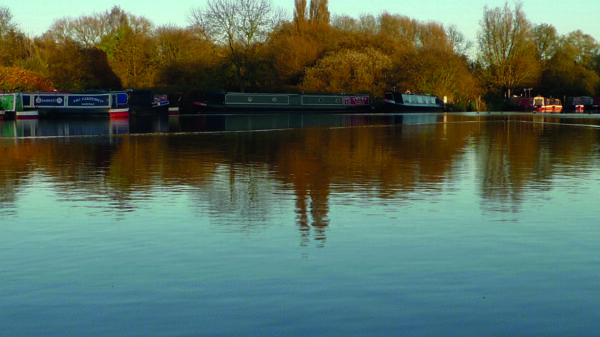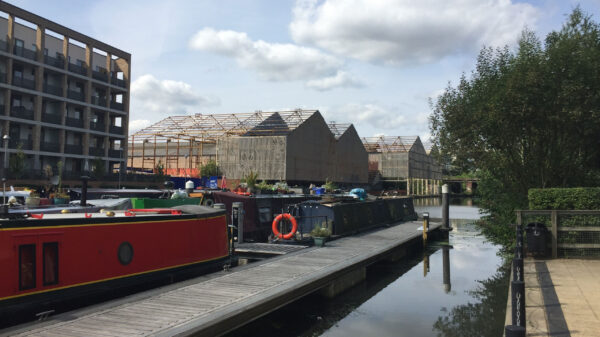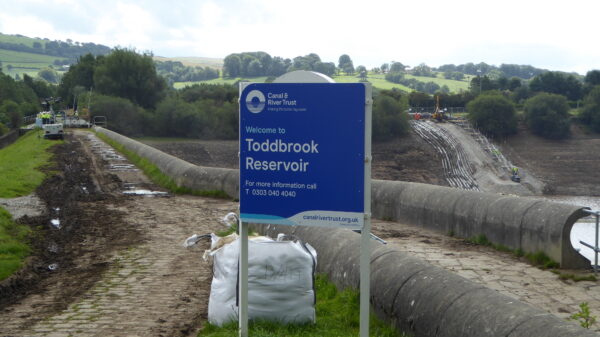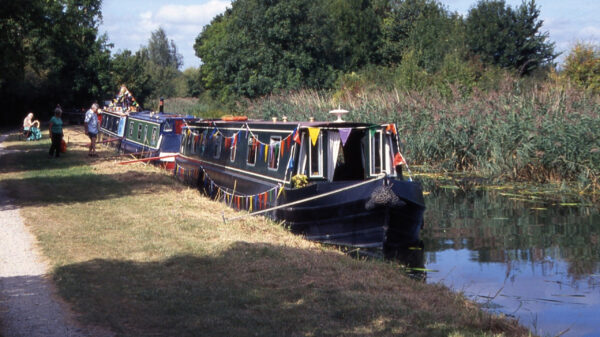About the Slough Arm of the Grand Union Canal
A branch from the Grand Junction Canal at Bulls Bridge to Slough was first proposed in 1878 but the route was altered slightly after a survey in 1879, moving the junction to Cowley Peachey. The canal opened in 1882 having required major earthworks at Iver. It is 5 miles long without locks and has 5 aqueducts.
The canal was used to transport bricks from the various Slough brickworks. It also catalysed the establishment of various sand, brick and gravel wharfs along the line. The existing brickworks expanded their production and transported bricks to many parts of London. Traffic on the canal grew rapidly and reached a peak in 1905 when over 192,000 tons were carried. The Brick and Gravel trade continued throughout the 1920s and 1930s and also through the Second World War Years but, by then, the clay and gravel deposits were becoming worked out. Traffic of waste from London to infill the redundant pits continued for a while as did the delivery of timber to Slough Wharf. The last recorded commercial cargo was delivered in March 1960.
With no future seen for the canal, Slough Council proposed filling it in for an access road to a new Industrial Estate. Vigorous campaigning by the Slough Canal Group supported by the Slough Observer saw the canal being improved and leisure traffic encouraged in the 1970s. There have been several proposals to make a connection from the terminus to the River Thames as there is only 2 miles separating the two navigations.
[Photo: Gathering of boats on the Slough Arm – by Lucy Smith]






